Grease stains and burnt-on food can make even your favorite cookware look like it’s been through a kitchen disaster.
Whether you’re dealing with non-stick pans, stainless steel cookware, cast iron pans, or ceramic pans, knowing the best way to clean them can save time, energy, and money.
The trick is matching the cleaning method to the type of mess and the type of pan—because one solution doesn’t fit all.
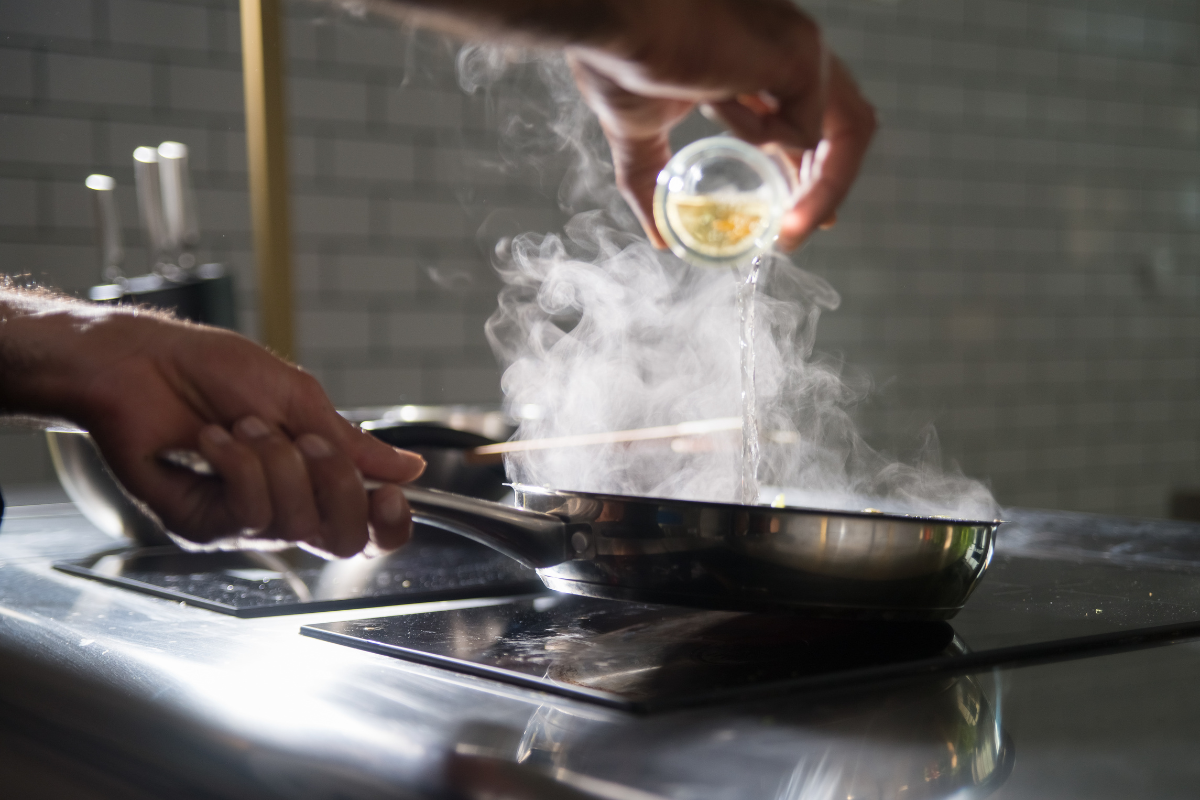
This guide will walk you through different methods that work for baked-on grease, burnt food, and tough stains, using tools and cleaners you can find in your kitchen or at local grocery stores and hardware stores. From gentle home remedies to more powerful options, you’ll have plenty of strategies to try until you find your personal game changer.
Baking Soda Paste
One of the easiest and most effective ways to tackle burnt-on grease or scorch marks is with a simple baking soda paste. Mix baking soda with a little water until it forms a thick paste.
Spread it over the stain, making sure to cover the bottom of the pan or wherever the problem area is. Let it sit for at least 30 minutes so the mild abrasive properties can break down the residue.
Using a scrubbing pad or scouring pad, gently work the paste into the surface in a circular motion.
This is safe for most stainless steel pans and baking sheets, but avoid scrubbing too hard on a non-stick surface to prevent damage.
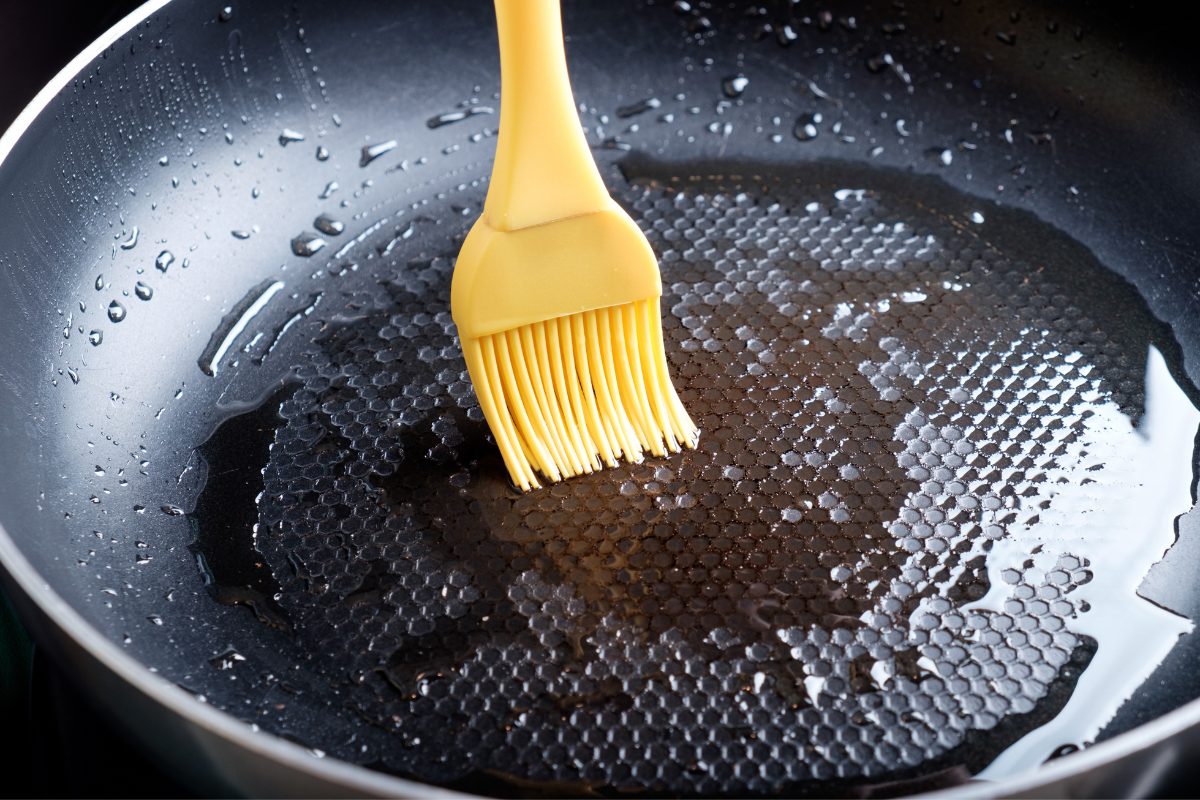
Vinegar Soak
For tougher stains or burnt food stuck to the entire pan, a vinegar soak can be the best solution.
Fill the pan with enough vinegar to cover the problem area, then add enough water to dilute it slightly. Heat the mixture over medium-high heat until it begins to simmer.
The heat causes a chemical reaction that helps lift the debris from the surface.
Once cooled slightly, scrub away the loosened residue.
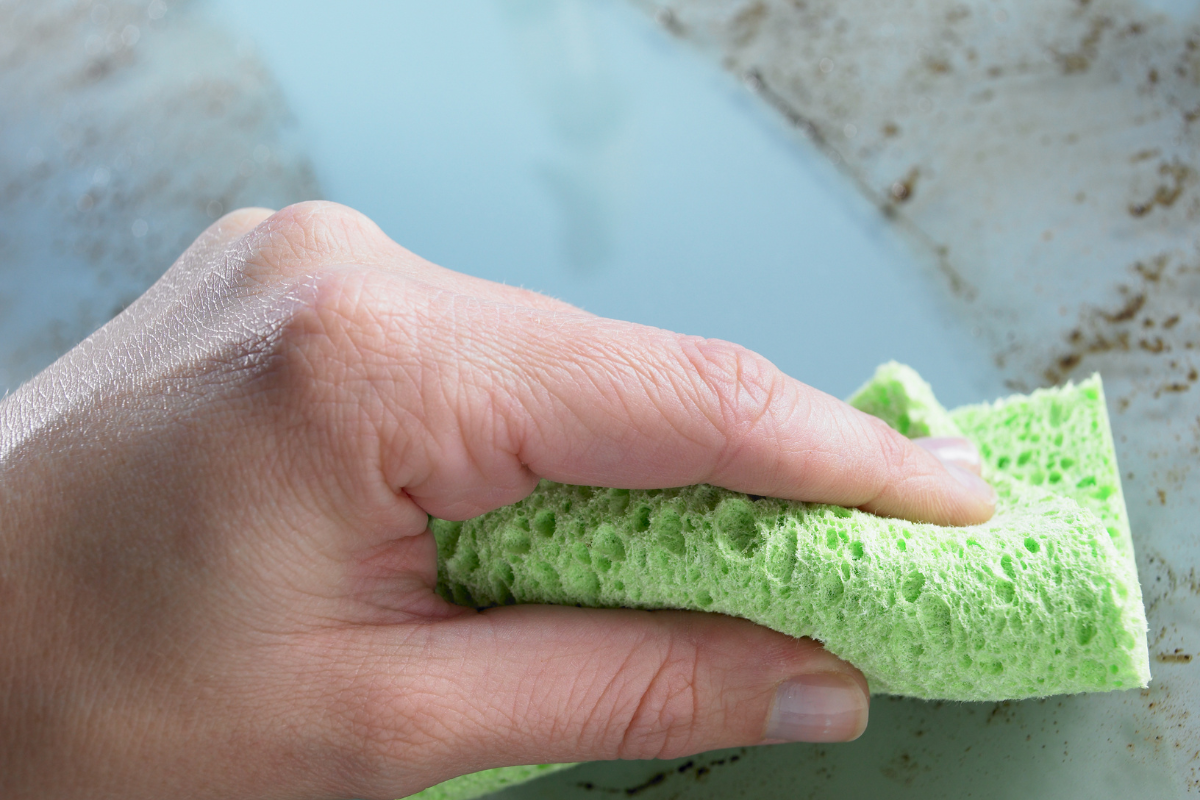
This method is especially effective on stainless steel pots and cast iron pans when you’re not trying to preserve seasoning.
Bar Keepers Friend
A favorite among many home cooks, Bar Keepers Friend—sometimes labeled as Bar Keeper’s Friend—is a best seller for cleaning cookware. It contains oxalic acid, which works wonders on burnt grease, brown color discoloration, and tough stains on the bottom of your pans or baking sheets.
Simply sprinkle the powder over the problem area, add a bit of water to create a paste, and give it a good scrub with a non-abrasive pad. Rinse thoroughly with very hot water to remove all cleaner residue.
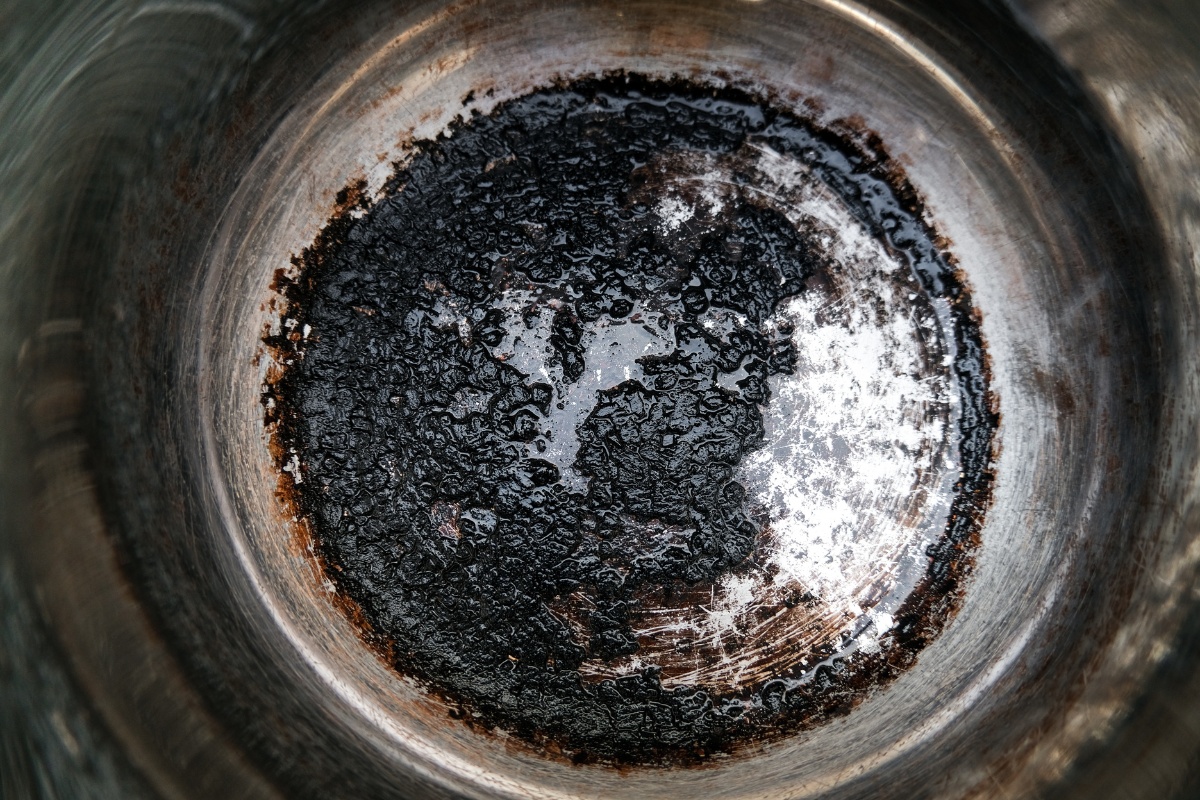
Dawn Dish Soap and Dryer Sheet Trick
If you have greasy pots or greasy pans coated in hot grease residue, this gentle method is surprisingly effective.
Fill the pan with hot soapy water using Dawn dish soap, then place a dryer sheet inside so it’s fully submerged.
Let it soak for an hour.
The physical properties of the dryer sheet help loosen stubborn grime so it wipes away easily with a paper towel or magic eraser.
This is a low-effort, easy solution for everyday messes that don’t require harsh scrubbing.
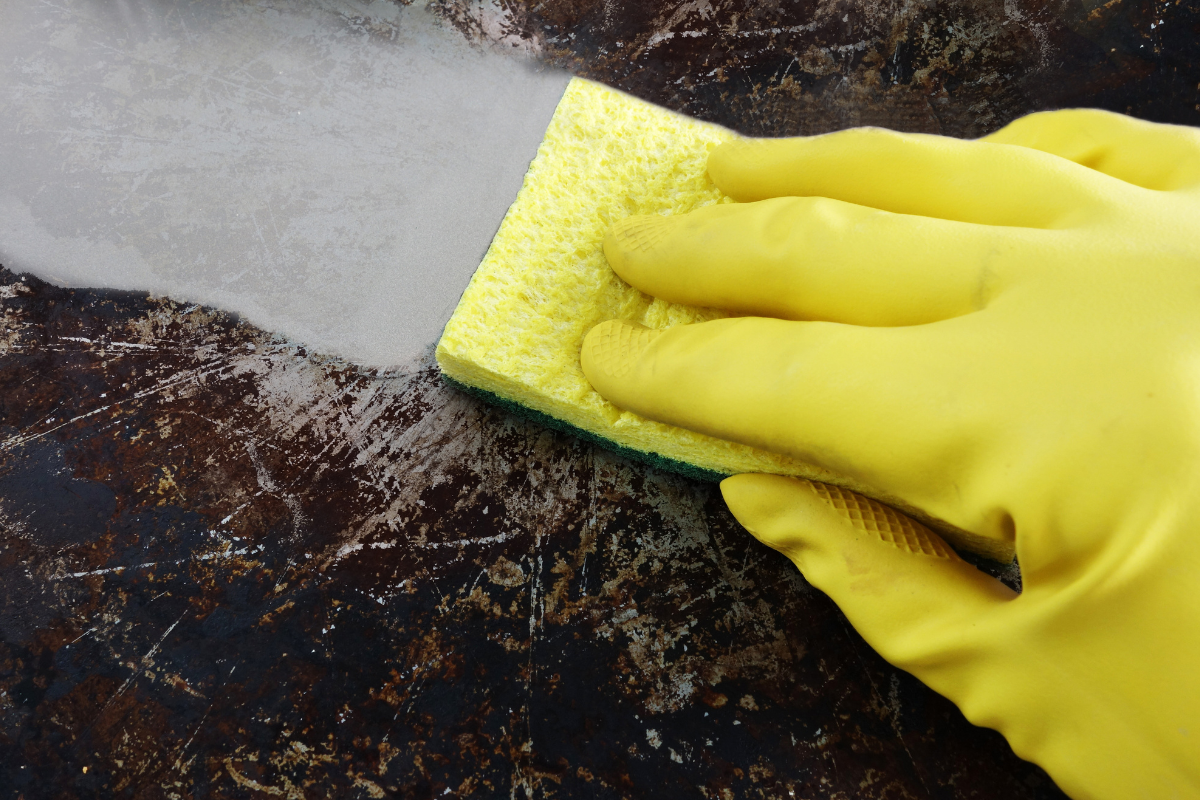
Hydrogen Peroxide and Baking Soda
For tougher stains or burnt-on food that just won’t budge, try combining hydrogen peroxide with baking soda to make a thin paste.
Spread it across the affected area and let it sit until you see bubbling. This reaction—where the soda releases carbon dioxide—helps lift even the most stubborn grime.
Once it’s finished fizzing, scrub the area gently with steel wool if the pan can handle it, or a softer pad for nonstick pans.
This is one of the best methods for restoring the bottom of your frying pans to their original shine.
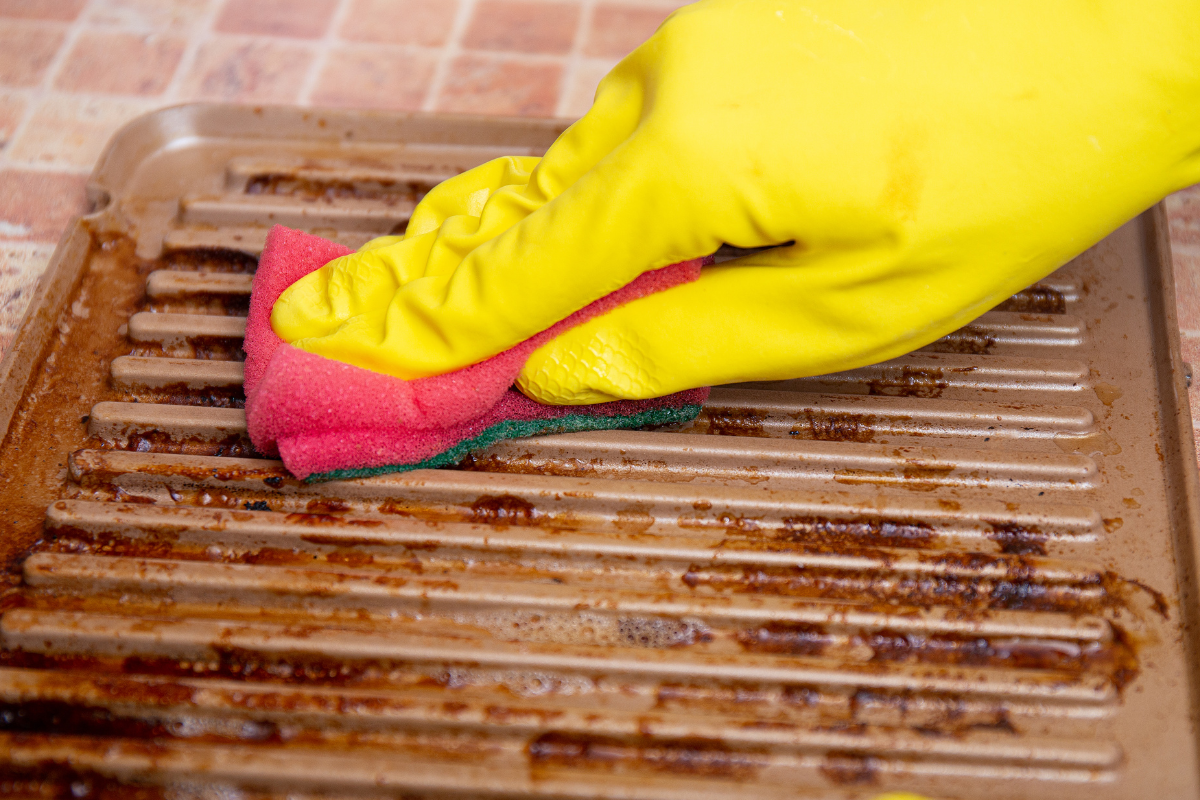
Aluminum Foil Ball Scrub
When nothing else seems to work, an aluminum foil ball can be used as an improvised scrubber.
Crumple up a sheet of foil and use it with warm water, lemon juice, or even a baking soda paste for added benefit.
This method is particularly effective on baking sheets and cookie sheets with layers of burnt-on grease.
It’s not suitable for non-stick surface pans, but it can work wonders on stainless steel cookware.
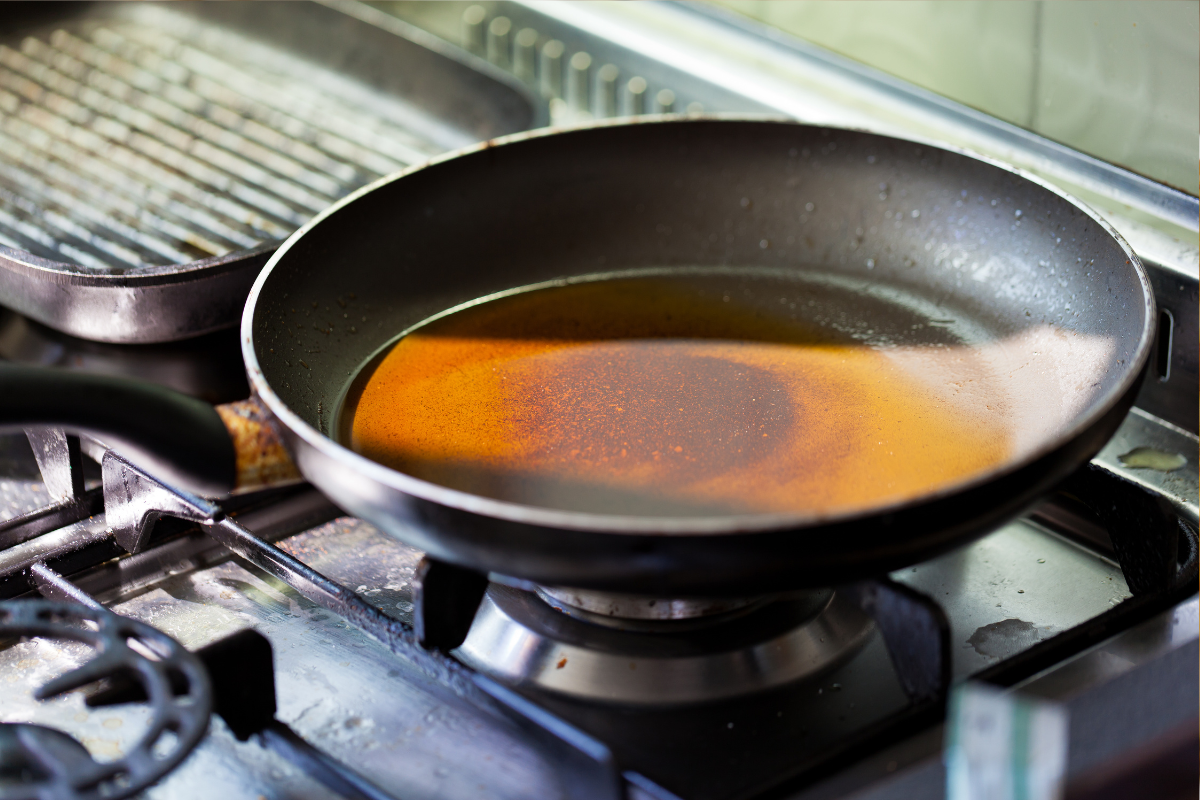
Oven Cleaner for Extreme Cases
When you’re dealing with burnt grease that refuses to come off, oven cleaner might be the last resort.
Spray it directly on the bottom of your pans or the sheet pan, following the instructions on the label.
Let it sit long enough for the chemical reactions to break down the grime, then rinse thoroughly.
While this method uses harsh chemicals and is often a least favorite method, it can be a game changer for restoring pans you thought were beyond saving.
Quick Tips for Success
The best way to get great results without damaging your cookware is to match your method to your types of pans.
Avoid high temperatures or abrasive scrubbing on non stick pans and ceramic pans to preserve their coatings.
Always rinse thoroughly to remove any residue from cleaners and dry immediately with a paper towel to avoid water spots.
And remember—a little elbow grease goes a long way, but too much can damage your pan’s finish.
With the right cleaning methods, your dirty pan can go from looking hopeless to sparkling like new, and you might even start enjoying the cleaning process.

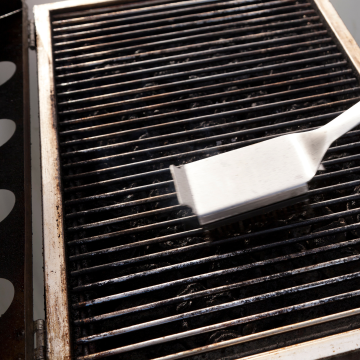

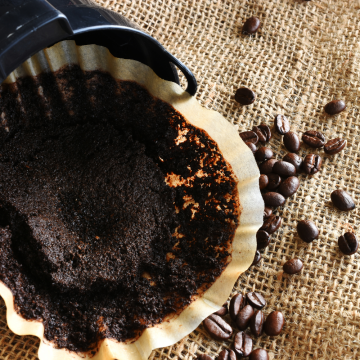
Leave a Reply